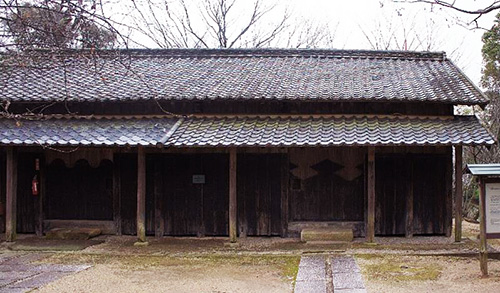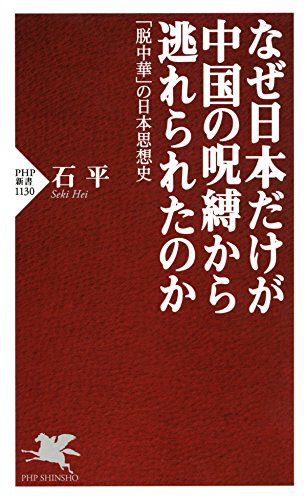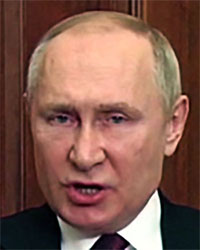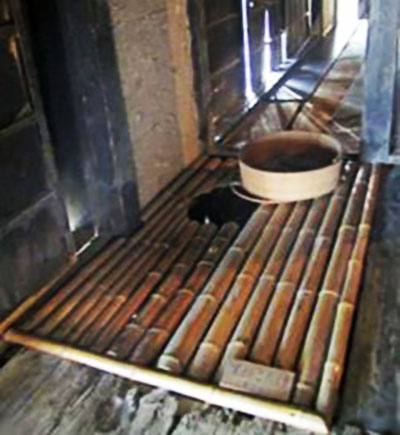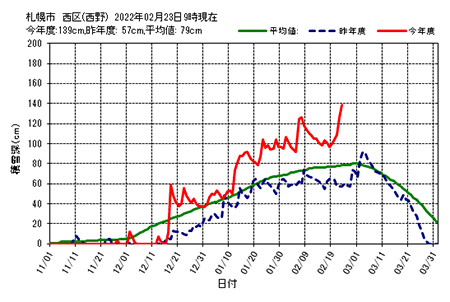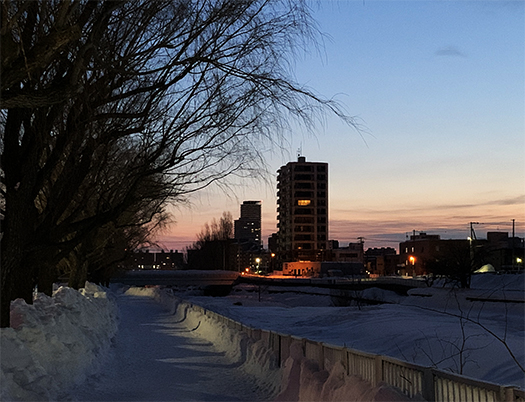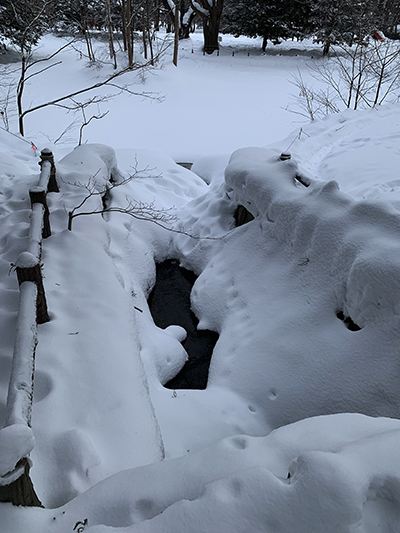

感染症の蔓延状況からテレワーク環境が一般化してきました。
当然パソコン環境で情報をやり取りしながら仕事を進めていくことになる。
自宅での作業は深掘り型の企画構築などの作業には適しているともいえる。
必然的に情報のやり取りはメールを利用する機会が増える。
しかしこうした環境では悪意のあるウィルス拡散とか、身代金要求的な
ランサムウェアと言われる攻撃なども増えてくる。
先日、トヨタの生産システムの一部への攻撃があって
丸1日トヨタの生産ラインが止まるという報道もあった。
ウクライナ危機とも連動している可能性も高い。
そういった情勢の中で、身近な情報環境の中でもサイバー攻撃が見られてきた。
わたしどもは住宅業界の情報関連のネットワークアクセスがありますが
新住協とか、東北フォーラムといった業界交流団体へのサイバー攻撃。
zip圧縮したデータを解凍してください、みたいなメールを送って
その「解凍パスワード」も同時送信するといった手口。
うっかり解凍すると、ウィルスにそのPCが汚染され、さらにネットワーク情報を
盗み出される可能性も高いと言われている。
弊社にも不審なメール記録があって幸いサーバー側ウィルスチェックで検出された。
念のためにスタッフにも注意喚起するように伝達しています。
距離的にはほぼ地球の反対側で起こっているウクライナでの戦争ですが、
ロシア企業でウィルス対策ソフトを販売していたケースもある。
このような侵略国家ではサイバー空間での攻撃手口などの研究も進んでいる。
ロシアでは国民洗脳のための情報拡散も相当意図的に行われている。
今回のロシア−ウクライナ戦争ではさまざまなWEB空間利用の
情報戦争も徹底的に利用され展開していることがあきらか。
ロシアのヘリコプターが北海道東端の根室の空域を侵犯した事件は
それへの情報の反応ぶりをウォッチしてサイバー攻撃を仕掛ける方法を
テストする意味合いだったのだろうと思われます。
空域侵犯してからの日本側とたぶん三沢の米軍ネットワークの反応ぶり、
日米連携の様子を探ったに違いない。
まことにバカげた独裁核保有・国連常任理事国のふるまいだと思うのですが、
そういったことへの警戒感は必要でしょう。
いまのところロシアの国際的孤立が進んでウクライナ支持の世界世論が形成されている。
それも無辜の民への理不尽な攻撃がSNSやWEB空間で世界に共有されていることが
大きな「抑止力」を形成しているということができる。
ウクライナで起きていることはけっして遠い世界のことではない。
現実の病原ウィルスのまん延と同時進行でサイバーウィルス攻撃も活発化している。
こういう近未来型サイバー空間「情報戦争」というものにも
注意深く対応して行く必要があるのでしょう。
English version⬇
[Did you get closer? Introduction to modern cyber warfare]
The telework environment has become common due to the spread of infectious diseases.
Naturally, we will proceed with work while exchanging information in a personal computer environment.
It can be said that work at home is suitable for work such as deep-drilling planning and construction.
Inevitably, there are more opportunities to use e-mail for exchanging information.
However, in such an environment, malicious virus spread or ransom demand
Attacks called ransomware are also increasing.
The other day, there was an attack on a part of Toyota’s production system
There was also a report that Toyota’s production line would stop for a whole day.
It is highly possible that it is linked to the Ukraine crisis.
Under such circumstances, cyber attacks have been seen even in the familiar information environment.
We have information-related network access in the housing industry
Cyber attacks on industry exchange groups such as Shinjukyo and Tohoku Forum.
Please send an email like “Please decompress the zip compressed data”
The method is to send the “decompressed password” at the same time.
If you inadvertently unzip it, the virus will contaminate your PC and further network information.
It is said that there is a high possibility that it will be stolen.
Fortunately, we also had a suspicious email record, which was detected by a server-side virus check.
Just in case, I am telling the staff to call attention.
In terms of distance, it is a war in Ukraine that is happening almost on the other side of the earth,
In some cases, Russian companies sold antivirus software.
In such an invading nation, research on attack methods in cyberspace is also in progress.
In Russia, information dissemination for national brainwashing is also carried out quite intentionally.
In this Russia-Ukraine war, various WEB space usage
It is clear that information warfare is also being used and developed thoroughly.
The case where a Russian helicopter invaded the airspace of Nemuro at the eastern end of Hokkaido
How to launch a cyber attack by watching the reaction of information to it
I think it meant to test.
The reaction between the Japanese side and probably Misawa’s U.S. military network since the airspace invasion,
It must have explored the state of Japan-US cooperation.
I think it is the behavior of a ridiculous dictatorship nuclear possession and a permanent member of the United Nations.
You need to be wary of such things.
So far, Russia’s international isolation has progressed and world public opinion in support of Ukraine has been formed.
It is also that unreasonable attacks on innocent people are shared around the world on SNS and WEB space.
It can be said that it forms a great “deterrence”.
What is happening in Ukraine is by no means a distant world.
Cyber virus attacks are becoming more active at the same time as the spread of actual pathogenic viruses.
In this kind of near-future cyberspace “information warfare”
You need to be careful.
Posted on 3月 4th, 2022 by 三木 奎吾
Filed under: Mac.PC&DTP, 状況・政治への発言 | No Comments »



